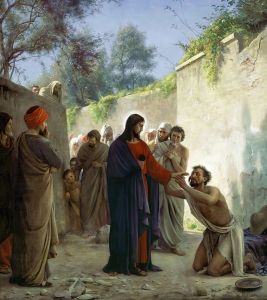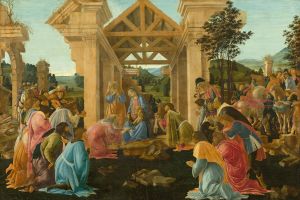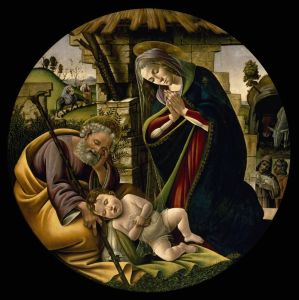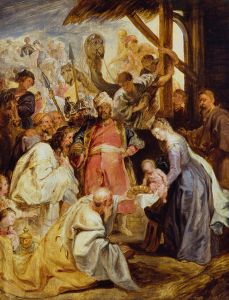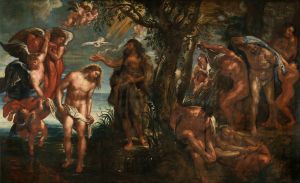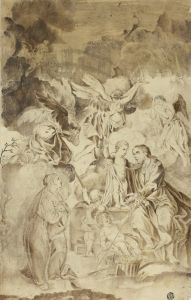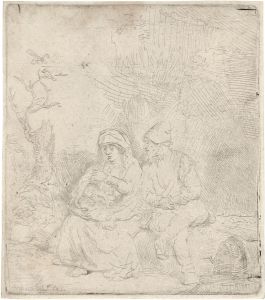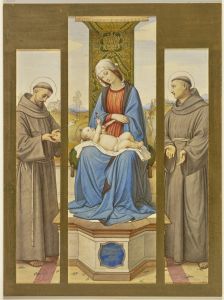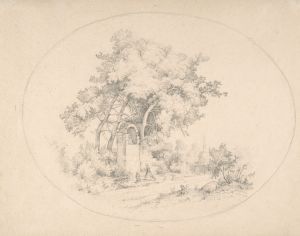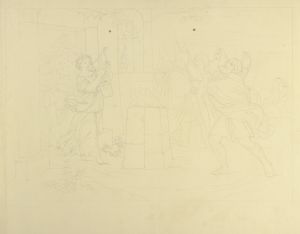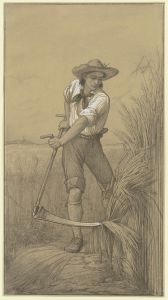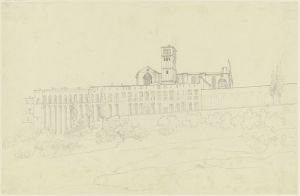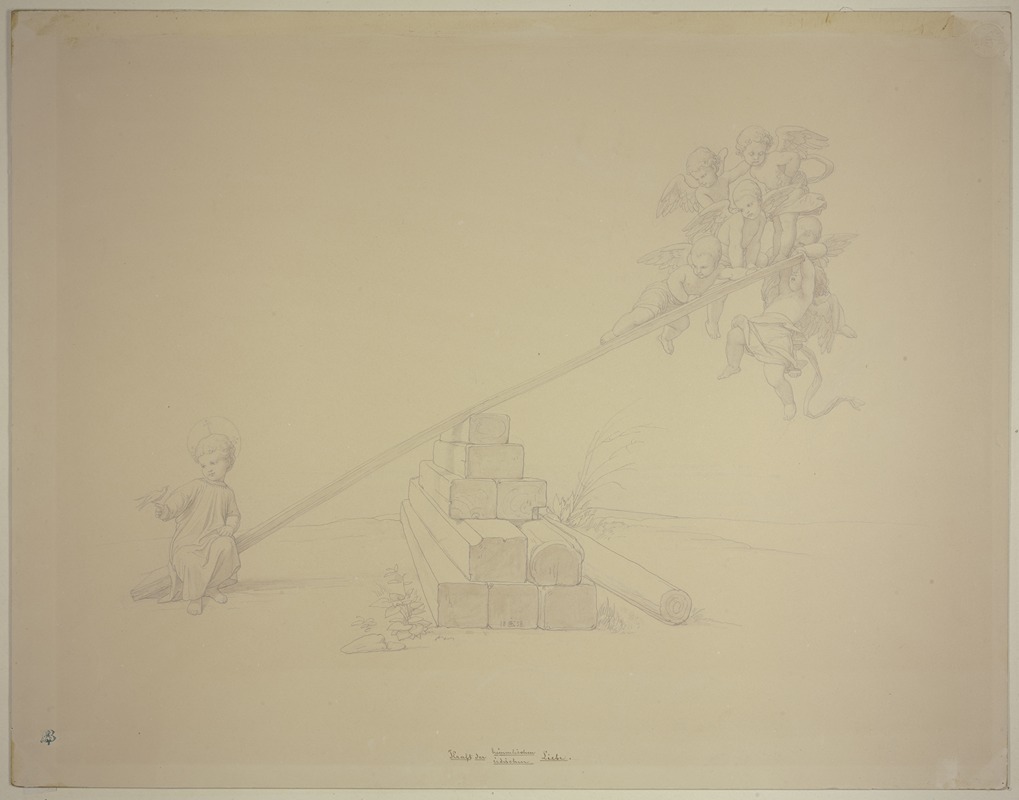
Das Jesuskind und die Engel auf dem Wagebalken; Kraft der himmlischen und der irdischen Liebe 2
A hand-painted replica of Eduard von Steinle’s masterpiece Das Jesuskind und die Engel auf dem Wagebalken; Kraft der himmlischen und der irdischen Liebe 2, meticulously crafted by professional artists to capture the true essence of the original. Each piece is created with museum-quality canvas and rare mineral pigments, carefully painted by experienced artists with delicate brushstrokes and rich, layered colors to perfectly recreate the texture of the original artwork. Unlike machine-printed reproductions, this hand-painted version brings the painting to life, infused with the artist’s emotions and skill in every stroke. Whether for personal collection or home decoration, it instantly elevates the artistic atmosphere of any space.
Eduard von Steinle was a notable 19th-century German painter associated with the Nazarene movement, which sought to revive honesty and spirituality in Christian art. His works often depicted religious themes with a focus on emotional depth and narrative clarity. One of his paintings, "Das Jesuskind und die Engel auf dem Wagebalken; Kraft der himmlischen und der irdischen Liebe 2," exemplifies his commitment to these themes.
The title of the painting translates to "The Christ Child and the Angels on the Balance Beam; The Power of Heavenly and Earthly Love 2." This suggests a composition that explores the duality and interplay between divine and human love, a common theme in religious art that seeks to bridge the celestial with the terrestrial. The painting likely features the Christ Child, a central figure in Christian iconography, symbolizing innocence, purity, and divine love. The presence of angels further emphasizes the heavenly aspect, as angels are traditionally seen as messengers and servants of God, embodying divine will and protection.
Steinle's style is characterized by meticulous attention to detail and a harmonious composition, often employing soft colors and gentle lines to convey a sense of serenity and reverence. His works are known for their narrative quality, often telling a story or conveying a moral lesson through the depicted scene. In this painting, the balance beam could symbolize judgment or the weighing of souls, a motif found in various religious traditions, where the balance represents the moral and spiritual evaluation of one's life.
The concept of balancing heavenly and earthly love may reflect the Christian teaching of living a life that honors both divine commandments and human relationships. This duality is a recurring theme in Christian theology, where believers are encouraged to love God with all their heart while also loving their neighbors as themselves. Steinle's painting likely captures this theological principle, inviting viewers to contemplate the harmonious coexistence of these two forms of love.
Eduard von Steinle's work was influential in the 19th century, particularly among those who sought a return to spiritual and moral values in art. His paintings were not only appreciated for their aesthetic qualities but also for their ability to inspire and uplift the viewer through their spiritual themes. "Das Jesuskind und die Engel auf dem Wagebalken; Kraft der himmlischen und der irdischen Liebe 2" is a testament to Steinle's skill in blending artistic beauty with profound religious meaning, making it a significant piece in the context of 19th-century religious art.
While specific details about the painting's provenance, current location, or critical reception might not be extensively documented, its thematic elements and stylistic attributes align with Steinle's broader body of work, which continues to be studied and appreciated for its contribution to religious art and its reflection of 19th-century spiritual values.





